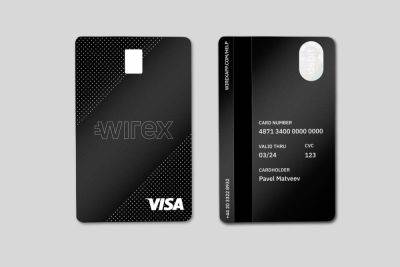FTX’s $3.4B crypto liquidation: What it means for crypto markets
The FTX bankruptcy lawsuit reached a key juncture in the second week of September after the United States Bankruptcy Court for the District of Delaware approved the sale of $3.4 billion worth of crypto assets.
The court also approved $1.3 billion in brokerage and government-recovered assets as part of the liquidation process, with $2.6 billion in cash bringing the total tally to $7.1 billion in liquid assets.
Among the different cryptocurrencies set for liquidation, Solana (SOL) tops the pile with a value of $1.16 billion, and Bitcoin (BTC) is the second-largest asset held, valued at $560 million.
Other assets to be liquidated include $192 million in Ether (ETH), $137 million in Aptos (APT), $120 million in Tether (USDT), $119 million in XRP (XRP), $49 million in Biconomy Exchange Token (BIT), $46 million in Stargate Finance (STG), $41 million in Wrapped Bitcoin (WBTC) and $37 million in Wrapped Ethereum (WETH).
Bitcoin, Ether and insider-affiliated tokens can only be sold after giving a 10 days advance notice to U.S. trustees appointed by the Department of Justice. The court also permitted hedging options for these assets.
The allowance for hedging is significant because FTX can use various financial instruments, such as futures, options and perpetual swaps to offset the losses.
The ruling drew industry-wide attention due to the significant amount of crypto assets approved for sale, with many questioning the potential impact on the crypto market.
Magazine: Are DAOs overhyped and unworkable? Lessons from the front lines
Joshua Garcia, partner at Web3-focused legal firm Ketsal, told Cointelegraph that determining whether the liquidation was the right decision is challenging. He said that bankruptcy courts have to focus on
Read more on cointelegraph.com























